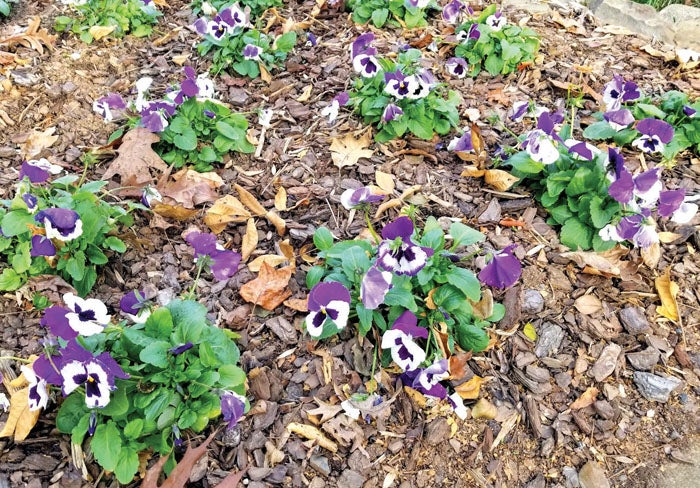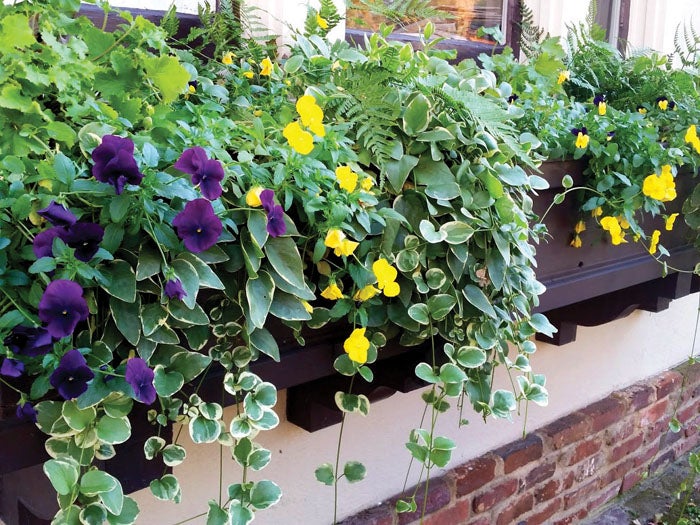Darrell Blackwelder: Pansies can add color in the fall
Published 12:00 am Saturday, September 30, 2023
Landscape color can be extended throughout the fall with mass plantings of pansies. Pansies are actually perennial plants, but used in the landscape as winter annuals as an extension to summer annuals. This fall planting produces abundant flowers in sunny locations in the landscape. Pansies are usually mass planted in shrub beds but can also be inter-planted with spring flowering bulbs. Pansies adapt well to containers, adding color to decks, patios and window boxes.
Pansies should be spaced seven to 10 inches apart in mass plantings. Locally produced pansy plants are grown in cell packs or larger containers. Carefully remove plants from cell packs leaving roots and soil intact. Add water to plants with a high phosphate house plant fertilizer after planting. Phosphate (the middle number on a fertilizer label) stimulates root growth in cool fall soil. Fertilize two weeks after planting with a complete fertilizer such as 10-10-10 at 2 pounds per 1,000 square feet. High phosphate, granular flower food formulated for bedding plants may be substituted for grade fertilizer. Pansies will need to be fertilized again in February and March. Avoid over applying too much nitrogen. Excessive nitrogen produces leggy plants.
Pansy plants are shallow rooted, requiring ample water during the growing season. Supplemental irrigation may be necessary during dry winter periods. Finely ground bark or mini-nuggets are excellent mulching materials that help conserve water and also reduces weed pressure.
Darrell Blackwelder is the retired horticulture agent and director with the North Carolina Cooperative Extension Service in Rowan County. Contact him at deblackw@ncsu.edu.





